Tungsten Oxide Transparent Insulation Material Makes The Sun Room "Warm In Winter And Cool In Summer"
- Details
- Category: Tungsten Information
- Published on Wednesday, 28 November 2018 09:41
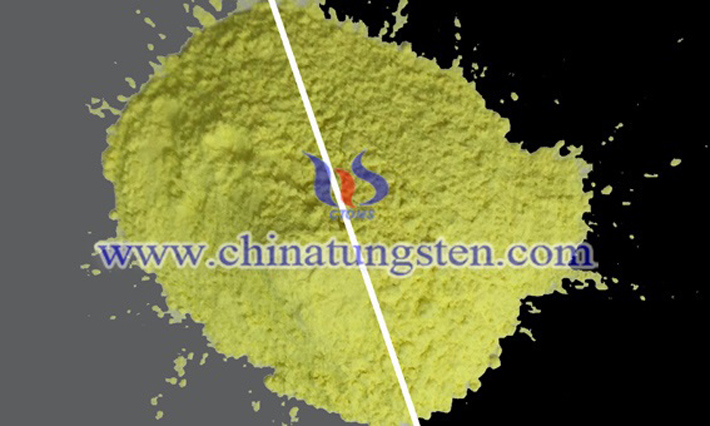
Smart home makes our home life more comfortable, safer and more convenient! It is also energy-saving and environmentally friendly, and it also makes our life quite artistic. Therefore, the emergence of a smart sun room is not surprising. The so-called intelligence, one of them is to break the sun room in the summer like a "fire stove", winter like a "refrigerator". The role of this is transparent semiconductor materials, such as tungsten oxide transparent insulation materials, can make the sun room "warm in winter and cool in summer"! It is not necessary to install air conditioning and floor heating equipment, which is the best way to solve the heat insulation of the sun room from the root. Speaking of smart homes, people can directly set the home scene to the unattended state at the moment of leaving the door, and cut off all the power supply of the terminal block, and can confirm the status of the home at any time through the mobile app.
The Best Choice for Fishing Enthusiasts - Tungsten Vanadium Fishing Needle
- Details
- Category: Tungsten Information
- Published on Tuesday, 27 November 2018 09:27

Steel fishing needles added the elements of tungsten and vanadium – with lighter weight, harder and sharper. This is the first time that tungsten and vanadium elements have been introduced into fishing needles, and the advent of this technology will bring about a milestone change in the fishing needle industry. Undoubtedly, this type of fishing needle is harder and more wear-resistant than the fishing needle made of ordinary steel wire. What's more, this number of fishing needles is available to meet the different needs of competition and black pit. The breakthrough of the W element and the V element into the fishing needle manufacturing, so that its performance is improved from the aspects of strength, sharpness, wear resistance and light weight, and its lightweight characteristics should respond to the advantages of light fishing.
Tungsten Carbide Studs Used in The Car Tire
- Details
- Category: Tungsten Information
- Published on Monday, 26 November 2018 09:31
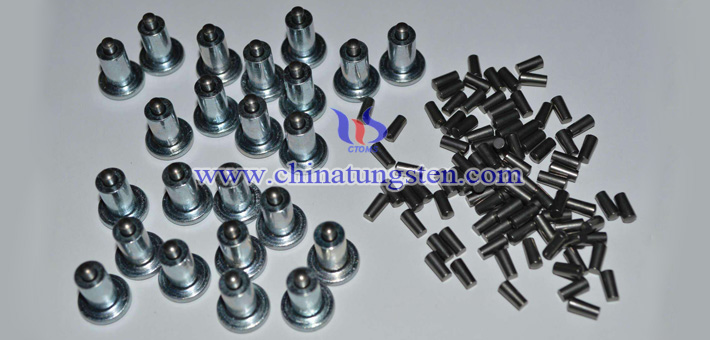
Are you in the heat of the northern hemisphere? Still in a corner of the southern hemisphere? No matter how! When you turn around, you will always rotate again! Then, it should always meet the studs on the car tires. After all, the studs will always appear in cold and humid areas. Tungsten carbide studs are mainly embedded in car tires to prevent the car from slipping on wet skating surfaces and have a very broad market in many European countries.
Recovery of Monoclinic Tungsten Trioxide from Waste Tungsten Slag
- Details
- Category: Tungsten Information
- Published on Sunday, 25 November 2018 18:33
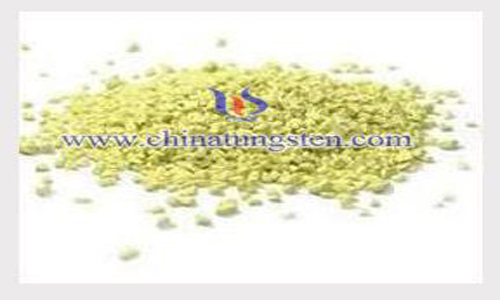
In the process of preparation of tungsten products and elimination of waste products, a large number of secondary resources containing tungsten will be formed. Recovering tungsten from secondary resources will not only improve the quality of tungsten, but also realize resource recycling. At present, the recovery and utilization of tungsten slag is mainly divided into three parts: (1) recovering valuable metals; (2) using tungsten slag as mineral material to produce wear-resistant materials; (3) producing tungsten slag glass-ceramics.
Graphene Modified Tungsten Carbide Self-lubricating Wear-resistant Additive
- Details
- Category: Tungsten Information
- Published on Sunday, 25 November 2018 18:21
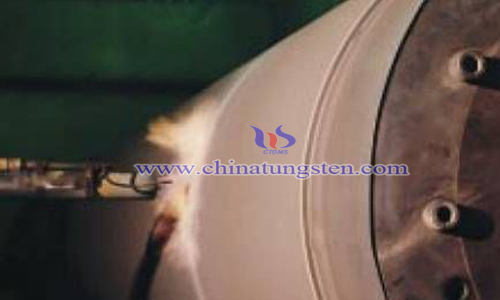
Graphene is a new kind of carbon material, which is closely packed with carbon atoms into a single two-dimensional honeycomb lattice structure. It is the basic unit of building the most commonly used solid lubricant - graphite. It has lower friction coefficient than graphite. It is a new kind of additive for self-lubricating antiwear coating.
Tungsten Coating Carbon Fiber Based Heat Insulation Material
- Details
- Category: Tungsten Information
- Published on Sunday, 25 November 2018 18:02
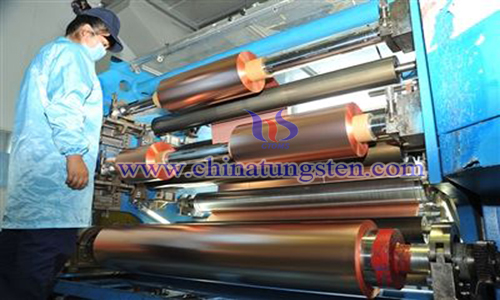
At present, carbon fiber-based thermal insulation material is widely used in vacuum heat treatment furnace, cemented carbide sintering furnace, single crystal silicon drawing furnace and polycrystalline silicon ingot furnace. It has the advantages of small thermal conductivity, low thermal capacity, low density, small linear expansion coefficient, high temperature resistance, strong thermal shock resistance and strong chemical corrosion resistance.
One-Dimensional Tungsten Nitride Preparation
- Details
- Category: Tungsten Information
- Published on Sunday, 25 November 2018 17:40
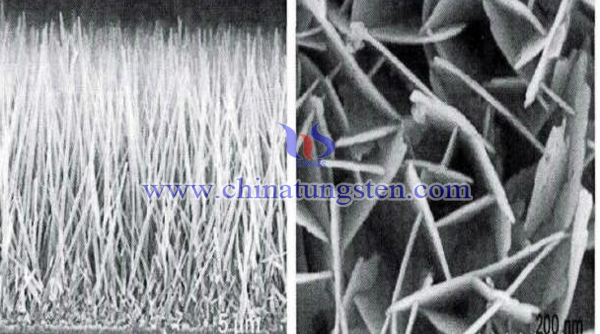
With the progress of science and technology and the development of society, nano-materials have gradually penetrated into various fields. One-dimensional nanomaterials, due to their unique structure and properties, have wide application prospects in optoelectronic devices, catalysis, energy storage and sensors.
Manufacturing Details of Fine Tungsten Wire
- Details
- Category: Tungsten Information
- Published on Sunday, 25 November 2018 17:33
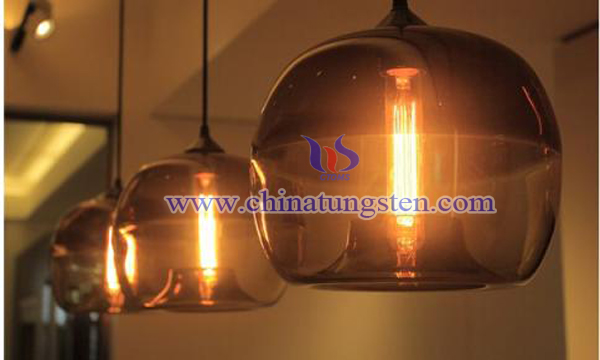
Tungsten filament has excellent heat resistance and mechanical strength, so as cathode filament of TV electronic gun and filament material of various electrode materials, automobile lamp, lighting lamp of household appliances and photocopier lamp, it is widely used in many forms.
Alkali Decomposition of High Calcium Tungsten Ore by Thermal Ball Milling Improvement
- Details
- Category: Tungsten Information
- Published on Saturday, 24 November 2018 16:46
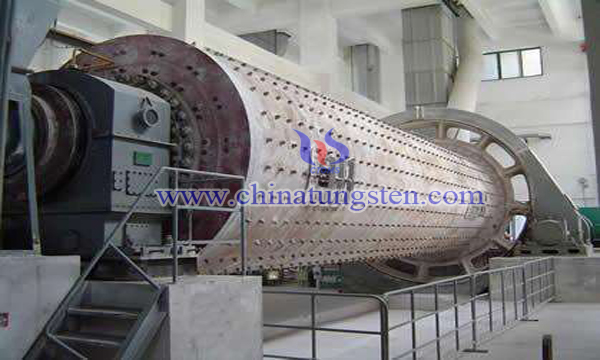
Tungsten resources are abundant and various in China. At present, wolframite is decomposed by alkali and scheelite is decomposed by hydrochloric acid or boiled by soda. For quite a long time, experts at home and abroad generally believed that it was impossible to decompose scheelite by alkali (NaOH) in industry. Until Professor Li Honggui of Central South University put forward the hot-ball milling alkali decomposition process, which broke the convention.
Low Cost Process for Tungsten Oxide Electrochromic Film
- Details
- Category: Tungsten Information
- Published on Saturday, 24 November 2018 16:29

When applied voltage to materials, the reversible color change of materials is called electrochromic. Electrochromic materials include organic materials and inorganic materials. Inorganic materials have attracted much attention because of their good cyclic stability. Tungsten trioxide is the representative of inorganic materials.


 sales@chinatungsten.com
sales@chinatungsten.com